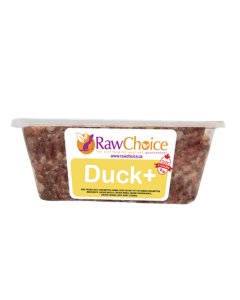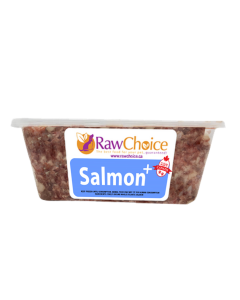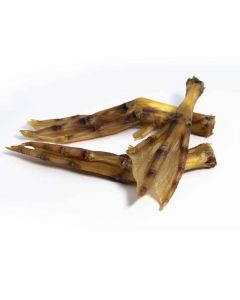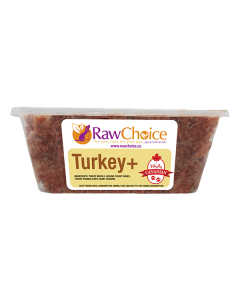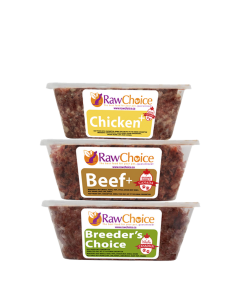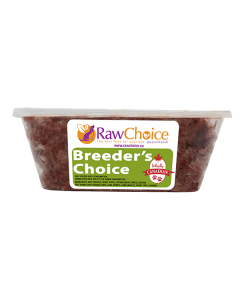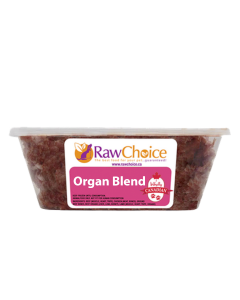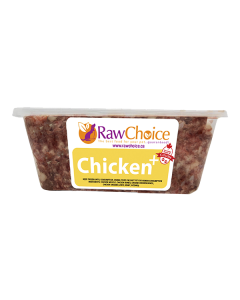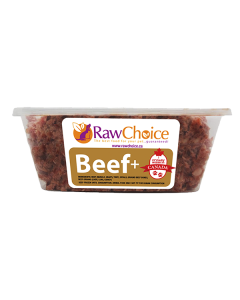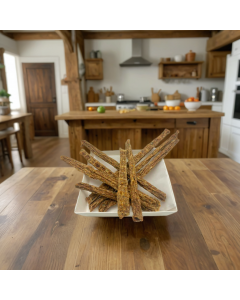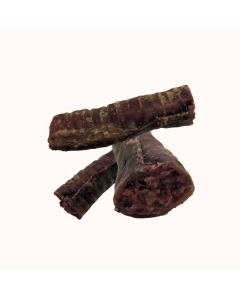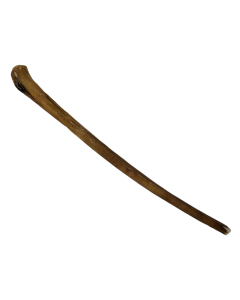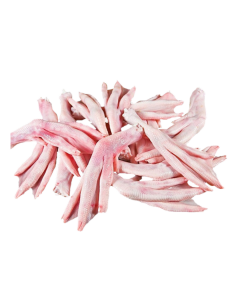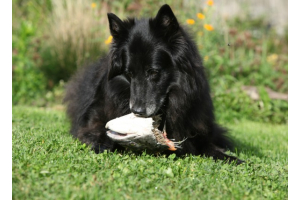We have all seen it. That yellow nasty buildup on a dog’s teeth. The medical term to describe this buildup is calculus (not the one where you have to do some math, if you’re wondering). Researchers from Brazil and Norway, recently proved in a controlled study that eating raw bones is actually an excellent way to remove “established” calculus in dogs. In other words, bones can reverse existing buildups regardless of how tough they are. 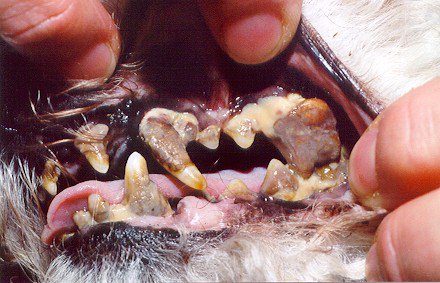 One of the many cases presented to vet clinics with severe calculus formation. This is a very advanced stage but vets still see similar cases frequently. Dogs commonly suffer from oral diseases. One of the most common oral diseases is a condition called periodontal disease, which starts as inflammation of the gum. If the disease is not caught early, it progresses to cause looseness of the tooth. The consequences are familiar to many dog owners. The typical scenario ends with a dental procedure where your dog goes under anesthesia for his teeth/tooth to be pulled out and an expensive vet bill. Fear no more! Feeding raw bones is actually an excellent way to remove “established” calculus in dogs. Supplementing your dog’s diet with bones can remove existing calculus and help reverse the condition if you have not yet reached the point of no return.
One of the many cases presented to vet clinics with severe calculus formation. This is a very advanced stage but vets still see similar cases frequently. Dogs commonly suffer from oral diseases. One of the most common oral diseases is a condition called periodontal disease, which starts as inflammation of the gum. If the disease is not caught early, it progresses to cause looseness of the tooth. The consequences are familiar to many dog owners. The typical scenario ends with a dental procedure where your dog goes under anesthesia for his teeth/tooth to be pulled out and an expensive vet bill. Fear no more! Feeding raw bones is actually an excellent way to remove “established” calculus in dogs. Supplementing your dog’s diet with bones can remove existing calculus and help reverse the condition if you have not yet reached the point of no return.
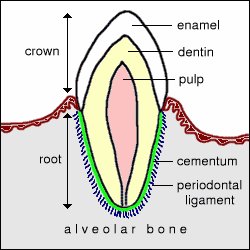
To understand how the reversal process works, we first need to understand how the calculus forms. Plaque initially builds on the tooth’s enamel (the visible white outer part of the tooth). Without appropriate chewing or tooth brushing, there are no mechanical forces that will remove the plaque. This leads to it becoming thicker. As minerals form in the saliva and mix with food materials, the thin layer of plaque mineralizes to form the yellow calculus. This process happens faster in dogs because of their saliva’s alkaline pH (~7.5), which provides a favourable environment for mineralisation and calculus formation. The widely fed dry and canned food do not control or help plaque formation as they have no abrasive power to keep the teeth clean. Some researchers believe that kibble is actually contributing to the problem. What the researchers did in this study is that they compared the effect of chewing on bovine raw cortical or ‘compact’ bone (CB) from femur diaphysis (lower part of the bone), to bovine raw ‘spongy’ bone (SB) from the femoral epiphysis (top part of the bone), to reduce established calculus in adult Beagle dogs.
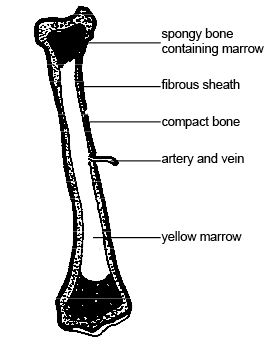 The study was conducted using eight healthy adults around 3 years old, with 4 males and 4 females involved. The dogs had never undergone professional dental cleaning and did not receive any regular tooth brushing or food containing chemicals (sodium polyphosphates) to prevent dental calculus accumulation. The researchers first gave the dogs a piece of CB daily for 12 days. Any remaining bone piece was taken away each day before offering a new piece. Fresh bones were supplied from a commercial slaughterhouse. The researchers chose raw bovine femur for the study because of its large and uniform size and its suitability for cutting into appropriate pieces. From practice, it is known that some owners give pieces of raw bovine femur, obtained from butchers or supermarkets, to their dogs. The bones were cut into ~5 cm (2”) long to minimize the chance being swallowed whole by the dogs. The bones were stored at −18°C and thawed at room temperature before being offered to the dogs. The beagles were fed twice daily with a non-dental dry commercial diet. To document and assess the findings, images were obtained on days 0, 1, 3, 7, 9 and 12. The researchers then integrated images over each other (overlay) using fancy computer software to compare progress. The results showed a gradual removal of calculus formation, with 70.6% reduction happening over 12 days when the compact bone was given. After the first study, a 7-month period of no treatment followed, which allowed a significant dental calculus buildup in a similar pattern to that initially seen in the first study. The second study lasted 20 days, to see if a longer period could further improve the results. At day 12, an average of 81.6% reduction was seen in all dogs receiving the spongy bone. On day 20, the dogs’ teeth were virtually clean and had only 4.7% of the teeth area covered by calculus (coming down from almost 40% of their teeth covered). What is really interesting is that there were no complications observed during the entire experimental period, such as pieces of bones stuck between the teeth, dental fractures, or intestinal obstructions.
The study was conducted using eight healthy adults around 3 years old, with 4 males and 4 females involved. The dogs had never undergone professional dental cleaning and did not receive any regular tooth brushing or food containing chemicals (sodium polyphosphates) to prevent dental calculus accumulation. The researchers first gave the dogs a piece of CB daily for 12 days. Any remaining bone piece was taken away each day before offering a new piece. Fresh bones were supplied from a commercial slaughterhouse. The researchers chose raw bovine femur for the study because of its large and uniform size and its suitability for cutting into appropriate pieces. From practice, it is known that some owners give pieces of raw bovine femur, obtained from butchers or supermarkets, to their dogs. The bones were cut into ~5 cm (2”) long to minimize the chance being swallowed whole by the dogs. The bones were stored at −18°C and thawed at room temperature before being offered to the dogs. The beagles were fed twice daily with a non-dental dry commercial diet. To document and assess the findings, images were obtained on days 0, 1, 3, 7, 9 and 12. The researchers then integrated images over each other (overlay) using fancy computer software to compare progress. The results showed a gradual removal of calculus formation, with 70.6% reduction happening over 12 days when the compact bone was given. After the first study, a 7-month period of no treatment followed, which allowed a significant dental calculus buildup in a similar pattern to that initially seen in the first study. The second study lasted 20 days, to see if a longer period could further improve the results. At day 12, an average of 81.6% reduction was seen in all dogs receiving the spongy bone. On day 20, the dogs’ teeth were virtually clean and had only 4.7% of the teeth area covered by calculus (coming down from almost 40% of their teeth covered). What is really interesting is that there were no complications observed during the entire experimental period, such as pieces of bones stuck between the teeth, dental fractures, or intestinal obstructions.

